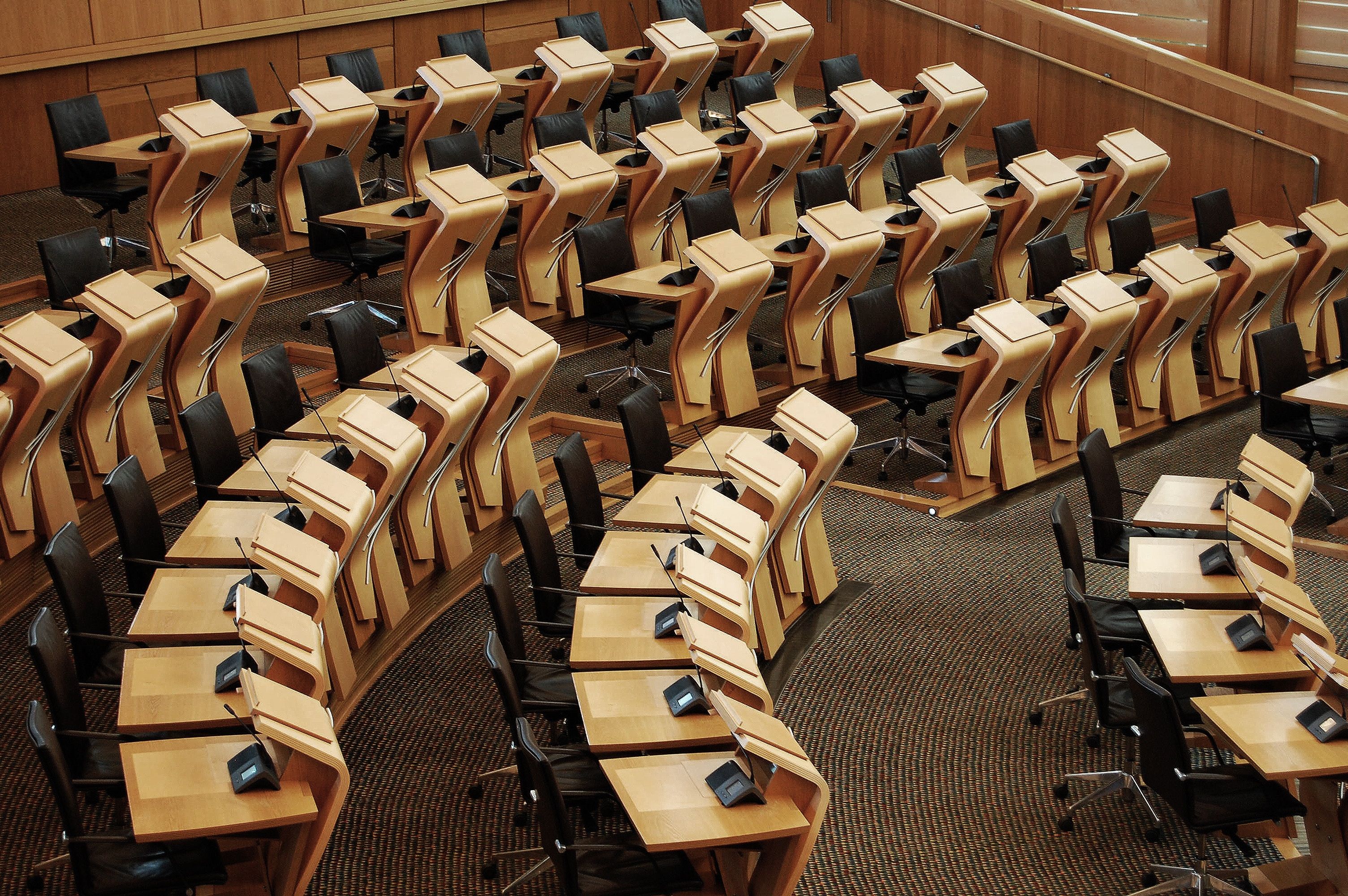Decarbonising homes and non-domestic buildings through enabling actions and delivery
Deliver decarbonised homes and non-domestic buildings through clearly-communicated enabling actions and delivery.
Building owners, homeowners and landlords need to know exactly what improvements they will need to make to their homes and by when. Early signalling of regulations and standards will also provide certainty to the supply chain, enabling businesses to invest in expansion.
Key building blocks for successful customer journeys should include:
- effective awareness raising
- one-stop shop approach
- easy access to advice and support via digital platforms and in person
- a range of financial support mechanisms
- building renovation passports
- access to project management/coordination services
- community-based services
- facilitation of demand aggregation
- post-installation support
- easy access to redress
This is particularly urgent for people living in remote, rural and island communities who are going to be at the forefront of the transition to zero emissions homes. The Scottish Government should introduce a package of measures to support people living in rural and island areas to insulate their homes and install zero emissions heating in a way that is fair, affordable and accessible to rural households.
A key focus is about the speed and focus of delivery, especially working in a way that targets those most in need first (in both private and social rented sector) and, that while the workforce to deliver retrofitting is scaled up, measures are brought in to eliminate inequalities in the sector.
Another urgent need is to identify and address constraints to the grid that will delay the electrification of heat. This will require engagement with multiple stakeholders and the clear and fair allocation of costs associated with increasing grid capacity.
Clearly communicating the changes that are coming will help to get householders and building managers on board, and smooth the transition to zero-emissions buildings. It will help to realise the transition’s multiple benefits for the environment, for human health and for the economy.
For further information:
- Customer Journeys to Net Zero Homes, Existing Homes Alliance, January 2023, https:// existinghomesalliancescotland.co.uk/wp-content/uploads/2023/01/Customer-Journef
- Affordable Warmth – next steps for clean heat in Scotland, WWF Scotland, February 2023, p45, https://www.wwf.org.uk/sites/default/files/2023-02/WWF-Affordable-Warmth-Scotland.pdf
- Existing Homes Alliance home page, https://existinghomesalliancescotland.co.uk/
- Our Climate: Our Homes, STUC, 2021, https://stuc.org.uk/files/campaigns/Homes/Our-Homes_briefing.pdf
- Rural Homes Just Transition Package, Existing Homes Alliance, 2022, https:// existinghomesalliancescotland.co.uk/wp-content/uploads/2022/10/Rural-Homes-Just-Transition-Package.pdf

